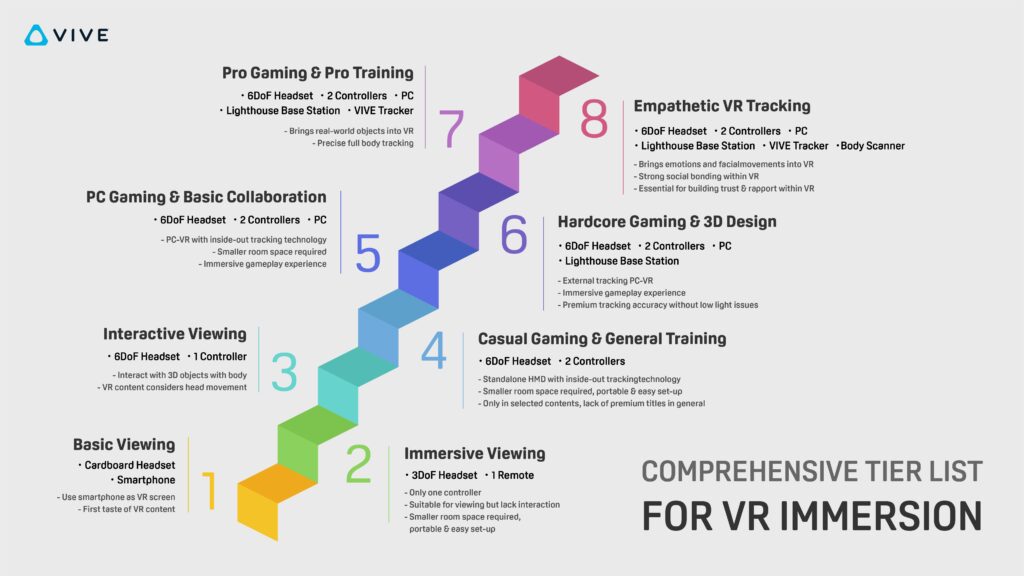Virtual reality (VR) technology has transformed the gaming industry by creating immersive and interactive environments for players. VR game development relies on game engines such as Unity, Unreal Engine 4, and Amazon Lumberyard to provide the framework and tools to create these experiences. Specialized hardware and software like VR headsets, graphics cards, and 3D modeling software are also required. Developers and designers must consider elements like lighting, perspective, and interaction to ensure seamless gameplay that doesn’t cause disorientation or motion sickness. Despite challenges such as high hardware requirements and complex development processes, VR gaming is the future of gaming and is here to stay.
Virtual Reality in Game Development: Pushing the Boundaries of Immersive Gameplay
Introduction
Virtual reality (VR) technology has revolutionized the gaming industry, creating unparalleled levels of immersion and interactivity for players. VR games transport players to exciting and interactive worlds, allowing them to experience different scenarios, problems, and opportunities. The immersive experiences generated by VR technology depend on the technical aspects of development, such as the game engine, hardware, and software applications utilized to create it.
Game engines for VR development
VR game development is dependent on game engines for creating a VR gaming experience. Game engines offer a framework for developing, designing, and programming video games. Some of the popular game engines include Unity, Unreal Engine 4, CryEngine, and Amazon Lumberyard. These engines provide tools, features, and functionalities to create immersive and interactive environments, graphics, lighting, sounds, and controls that distinguish and differentiate games.
Hardware and Software for VR gaming
VR gaming requires specialized hardware and software to provide a stunning and immersive experience. Hardware requirements include VR headsets, graphics cards, processors, and controllers. There are several VR headsets available in the market, such as the Oculus Rift, HTC Vive, Samsung Gear VR, and PlayStation VR. These headsets provide a range of high-quality graphics, sensory stimuli, and feedback mechanisms to create a realistic VR experience. Additionally, software programs and applications like 3D modeling, animation software, and game engines contribute to the development of the VR game.
Designing for VR gaming
Designing for VR gaming requires special considerations due to the immersive experience created for the player. Design elements like lighting, perspective, depth, and interaction modify player perception and experience. Developers and designers have to be careful in creating a seamless experience to prevent players from getting disoriented or feeling motion sickness. Designers have to develop environments that are not only visually immersive but also interactive, allowing players to move around and interact with objects seamlessly.
Challenges of VR game development
VR game development has posed several challenges for developers, such as inconsistent and high hardware requirements, difficulty in creating intuitive and responsive controls, and the potential for disorientation or motion sickness. VR game development also requires a lot of specialized knowledge in game development, hardware mechanics, and software engineering. However, with advancements in technology, available tools and resources, and technological advancements, these challenges can be overcome.
Conclusion
Virtual reality technology has revolutionized the gaming industry, creating immersive experiences that transport players to various scenarios and worlds. Game engines like Unity and Unreal Engine 4, specialized hardware like VR headsets, and software applications have made it possible to create these exciting and unique worlds. Despite the challenges, game developers and designers continue to push the boundaries of immersive gameplay, creating richer and more dynamic gaming experiences. VR gaming is the future of gaming, and its immersive experience is here to stay.
